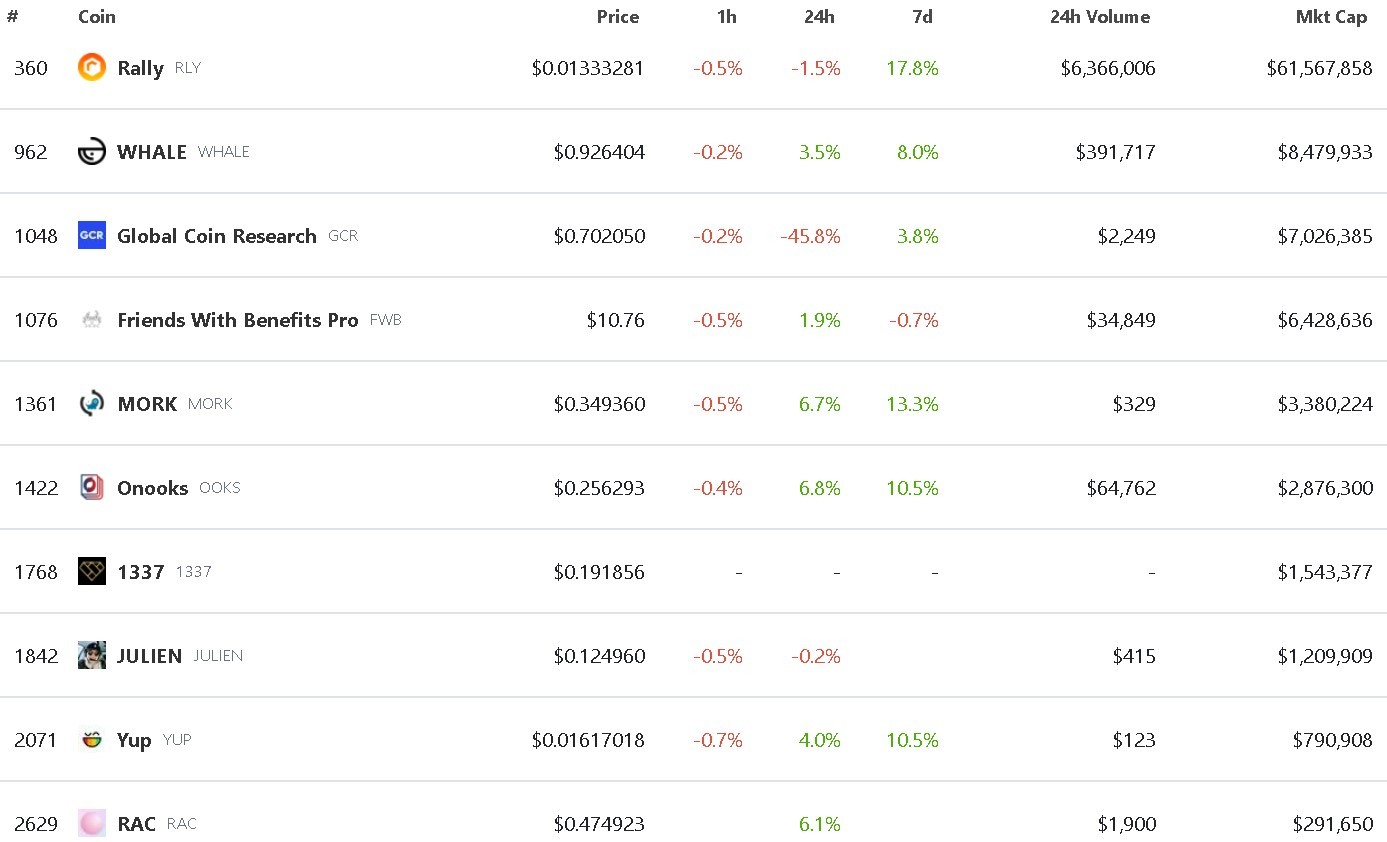Two vast worlds of today - Internet-based Social Media (SM) and blockchain-based crypto – were bound to find synergies. It is happening now with the growing phenomenon of SocialFi. In fact, 2023 might just be the year when the concept and applications of SocialFi explode.
What Is SocialFi?
SocialFi, derived from the combination of the words “social" and “finance”, is a term that may refer to two primary concepts:
1. Blockchain-based SM protocols that offer crypto monetisation or decentralized finance (DeFi) opportunities. These may involve NFTs or crypto coins that platform users may earn or trade via the protocol.
2. Crypto and NFT features that might be used on traditional SM platforms, such as Facebook, Twitter, Instagram, or YouTube. While these SM platforms are not blockchain-based, they are in the early stages of incorporating crypto elements, e.g., NFT avatars, into their functionality.
Blockchain-based SM platforms are a new high-growth area within the crypto industry, and this development will likely make SocialFi a more familiar term in the next few months and years.
SocialFi in Blockchain-Based Social Media
A number of blockchain-based SM platforms have introduced crypto monetisation opportunities using their native cryptocurrencies or NFTs.
One of the oldest crypto SM projects is Steemit, a blogging and SM platform built on the Steem blockchain. Steemit allows bloggers to monetise their work using the platform’s crypto coin, STEEM. Authors whose articles receive significant upvotes and rise in popularity rankings have a chance to earn meaningful income from the platform.
Another popular SocialFi platform is Rally, an Ethereum-based protocol that allows users to create their own social tokens. Users can use these custom social tokens to offer their consulting services or artwork. Rally has been created with creative industry professionals and SM influencers in mind. Using their own social tokens, influencers could boost their personal brand visibility and manage their own follower communities.
With a market cap of over $61 million, Rally is currently the undisputed leader within Coingecko’s crypto category called “Social Money”.
Top 10 Social Money cryptocurrencies as of January 21, 2023
What Is SocialFi?
SocialFi, derived from the combination of the words “social" and “finance”, is a term that may refer to two primary concepts:
1. Blockchain-based SM protocols that offer crypto monetisation or decentralized finance (DeFi) opportunities. These may involve NFTs or crypto coins that platform users may earn or trade via the protocol.
2. Crypto and NFT features that might be used on traditional SM platforms, such as Facebook, Twitter, Instagram, or YouTube. While these SM platforms are not blockchain-based, they are in the early stages of incorporating crypto elements, e.g., NFT avatars, into their functionality.
Blockchain-based SM platforms are a new high-growth area within the crypto industry, and this development will likely make SocialFi a more familiar term in the next few months and years.
SocialFi in Blockchain-Based Social Media
A number of blockchain-based SM platforms have introduced crypto monetisation opportunities using their native cryptocurrencies or NFTs.
One of the oldest crypto SM projects is Steemit, a blogging and SM platform built on the Steem blockchain. Steemit allows bloggers to monetise their work using the platform’s crypto coin, STEEM. Authors whose articles receive significant upvotes and rise in popularity rankings have a chance to earn meaningful income from the platform.
Another popular SocialFi platform is Rally, an Ethereum-based protocol that allows users to create their own social tokens. Users can use these custom social tokens to offer their consulting services or artwork. Rally has been created with creative industry professionals and SM influencers in mind. Using their own social tokens, influencers could boost their personal brand visibility and manage their own follower communities.
With a market cap of over $61 million, Rally is currently the undisputed leader within Coingecko’s crypto category called “Social Money”.
Top 10 Social Money cryptocurrencies as of January 21, 2023

While Rally has a focus on creative industries, another SocialFi platform with similar functionality, the Talent Protocol, focuses on a wider variety of industries. The Talent Protocol users may create their own branded tokens and monetise their expertise and services using the tokens.
Professionals from a variety of industries use the Talent Protocol. The platform might be considered a form of freelancing marketplace, with crypto underpinning its operations. Each service provider on the Talent Protocol has a set of metrics, such as the “personal market cap” and the number of supporters, that help them demonstrate and market their talents.
SocialFi Elements in Traditional SM
Blockchain-based SM platforms are not the only ones trying to leverage crypto in their functionality. Traditional SM giants, Facebook, Instagram, YouTube, and Twitter, are implementing and planning new crypto-related functions, such as NFT avatars and crypto monetisation, for influencers and others who would like to build their personal brands or offer services through these popular SM websites.
Facebook and Instagram users in the US can now connect their crypto wallets and share NFTs. Subscribers to Twitter Blue have had the option to use NFT avatars since January last year.
Most of the discussion related to the use of crypto in traditional SM has so far focused on NFT avatars and NFT trades. However, other forms of incorporating crypto are also being actively developed. For example, YouTube is already in the process of enabling new functionality that will let video creators sell their content as NFTs.
Traditional SM platforms are still in the early stages of exploring and introducing crypto-related features. Most of the functionality has yet to be fully rolled out on these platforms. However, the work in this direction has been heating up since last year. Later this year, we are likely to see a more meaningful application of crypto functionality on major SM platforms.
Professionals from a variety of industries use the Talent Protocol. The platform might be considered a form of freelancing marketplace, with crypto underpinning its operations. Each service provider on the Talent Protocol has a set of metrics, such as the “personal market cap” and the number of supporters, that help them demonstrate and market their talents.
SocialFi Elements in Traditional SM
Blockchain-based SM platforms are not the only ones trying to leverage crypto in their functionality. Traditional SM giants, Facebook, Instagram, YouTube, and Twitter, are implementing and planning new crypto-related functions, such as NFT avatars and crypto monetisation, for influencers and others who would like to build their personal brands or offer services through these popular SM websites.
Facebook and Instagram users in the US can now connect their crypto wallets and share NFTs. Subscribers to Twitter Blue have had the option to use NFT avatars since January last year.
Most of the discussion related to the use of crypto in traditional SM has so far focused on NFT avatars and NFT trades. However, other forms of incorporating crypto are also being actively developed. For example, YouTube is already in the process of enabling new functionality that will let video creators sell their content as NFTs.
Traditional SM platforms are still in the early stages of exploring and introducing crypto-related features. Most of the functionality has yet to be fully rolled out on these platforms. However, the work in this direction has been heating up since last year. Later this year, we are likely to see a more meaningful application of crypto functionality on major SM platforms.

